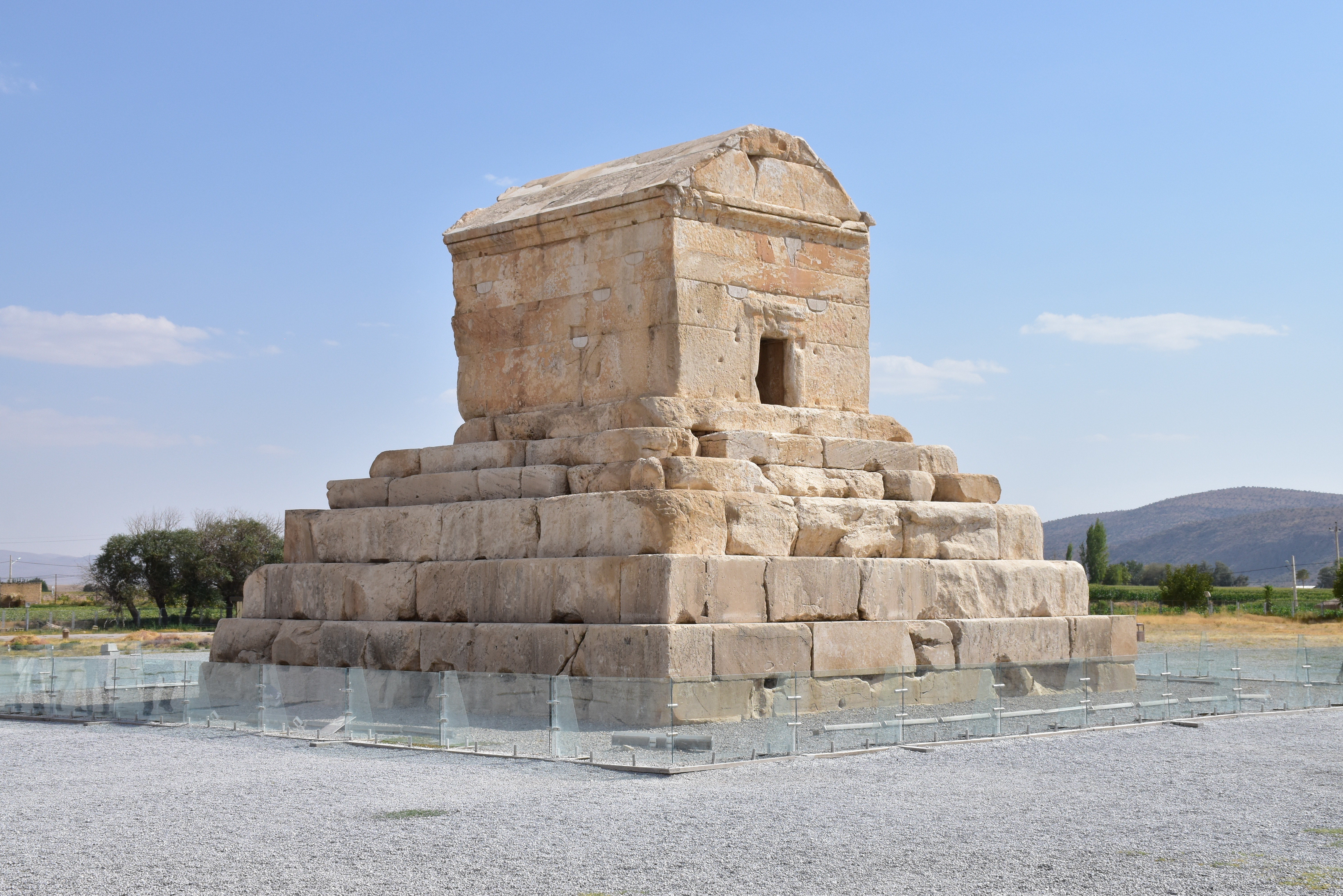|
Lygdamis Of Halicarnassus
Lygdamis (), who ruled –484 BCE, was the first tyrant of Caria under the Achaemenid Empire. He was of Carian-Greek ethnicity. He was the father of Artemisia I of Caria. He is the founder of the eponymous Lygdamid dynasty (520–450 BCE) of Carian tyrants, who ruled from Halicarnassus. References {{Achaemenid rulers Ancient Halicarnassians Lygdamid dynasty Achaemenid satraps of Caria 6th-century BC monarchs in Asia 5th-century BC monarchs in Asia Officials of Darius the Great ... [...More Info...] [...Related Items...] OR: [Wikipedia] [Google] [Baidu] |
Caria
Caria (; from Greek language, Greek: Καρία, ''Karia''; ) was a region of western Anatolia extending along the coast from mid-Ionia (Mycale) south to Lycia and east to Phrygia. The Carians were described by Herodotus as being Anatolian mainlanders and they called themselves Caria because of the name of their king.''The Histories'', Book I Section 171. He reports the Carians themselves maintained that they were Anatolian mainlanders intensely engaged in seafaring and were akin to the Mysians and the Lydians. The Carians spoke Carian language, Carian, a native Anatolian language closely related to Luwian language, Luwian. Also closely associated with the Carians were the Leleges, which could be an earlier name for Carians. Municipalities of Caria Cramer's detailed catalog of Carian towns is based entirely on ancient sources. The multiple names of towns and geomorphic features, such as bays and headlands, reveal an ethnic layering consistent with the known colonization. ... [...More Info...] [...Related Items...] OR: [Wikipedia] [Google] [Baidu] |
Achaemenid Empire
The Achaemenid Empire or Achaemenian Empire, also known as the Persian Empire or First Persian Empire (; , , ), was an Iranian peoples, Iranian empire founded by Cyrus the Great of the Achaemenid dynasty in 550 BC. Based in modern-day Iran, it was the List of largest empires#Timeline of largest empires to date, largest empire by that point in history, spanning a total of . The empire spanned from the Balkans and ancient Egypt, Egypt in the west, most of West Asia, the majority of Central Asia to the northeast, and the Indus Basin, Indus Valley of South Asia to the southeast. Around the 7th century BC, the region of Persis in the southwestern portion of the Iranian plateau was settled by the Persians. From Persis, Cyrus rose and defeated the Medes, Median Empire as well as Lydia and the Neo-Babylonian Empire, marking the establishment of a new imperial polity under the Achaemenid dynasty. In the modern era, the Achaemenid Empire has been recognised for its imposition of a succ ... [...More Info...] [...Related Items...] OR: [Wikipedia] [Google] [Baidu] |
Artemisia I Of Caria
Artemisia I of Caria (, ; Floruit, fl. 480 BC) was a queen of the ancient Greek city-state of Halicarnassus, which is now in Bodrum, present-day Turkey. She was also queen of the nearby islands of Kos, Nisyros and Kalymnos,Enc. Britannica, "Artemisia I" within the Achaemenid dynasty, Achaemenid satrapy of Caria, in about 480 BC. She was of Carians, Carian-Greek ethnicity by her father Lygdamis I, and half-Crete, Cretan by her mother. She fought as an ally of Xerxes I, Xerxes I, King of Persia against the independent Ancient Greece, Greek city states during the second Persian invasion of Greece. She personally commanded ships at the naval battle of Artemisium and at the naval Battle of Salamis in 480 BC. She is mostly known through the writings of Herodotus of Halicarnassus, Herodotus, himself a native of Halicarnassus, who praises her courage and relates the respect in which she was held by Xerxes. Family Artemisia's father was the satrap of Halicarnassus, Lygdamis of Halicar ... [...More Info...] [...Related Items...] OR: [Wikipedia] [Google] [Baidu] |
Lygdamid Dynasty
The Lygdamid dynasty ( BCE) was a dynasty of tyrants in the region of Caria, who were subordinate to the Achaemenid Empire following the conquests of Cyrus the Great through his general Harpagus. The dynasty was founded by Lygdamis, of Carian-Greek ethnicity. The dynasty issued several tyrants, until the last one, Lygdamis II, died , after which Halicarnassus joined the Athenian alliance, known as the Delian League. At that time, Halicarnassus started to appear on the Athenian tribute quota lists. From 395 BCE, Caria would again fall under the control of the Achaemenid Empire and be ruled by a new dynasty of local tyrants, the Hecatomnids The Hecatomnid dynasty or Hecatomnids were the rulers of Caria and surrounding areas BCE. They were satraps (governors) under the Achaemenid Empire, although they ruled with considerable autonomy as a hereditary dynasty. The dynasty had previou .... Rulers * Lygdamis I ( BCE) * Artemisia ( BCE) * Pisindelis ( BCE) * Lygdamis II ( BCE) ... [...More Info...] [...Related Items...] OR: [Wikipedia] [Google] [Baidu] |
Halicarnassus
Halicarnassus ( ; Latin: ''Halicarnassus'' or ''Halicarnāsus''; ''Halikarnāssós''; ; Carian language, Carian: 𐊠𐊣𐊫𐊰 𐊴𐊠𐊥𐊵𐊫𐊰 ''alos k̂arnos'') was an ancient Greece, ancient Greek city in Caria, in Anatolia.Livius.org Halicarnassus/Bodrum "Usually, Greek settlers first occupied an island near a native settlement; later, they settled on the mainland. We may assume that the first Greeks built their houses on the island that was later known as the Royal Island. Today, it is no longer an island, but an impressive castle built in the age of the Crusades. The native settlement probably was at the Salmacis hill, which was crowned by a sanctuary of Hermaphroditus.", "Later, the Greeks settled on the mainland. To the northeast of the island, they founded a marketplace to t ... [...More Info...] [...Related Items...] OR: [Wikipedia] [Google] [Baidu] |
Ancient Halicarnassians
Ancient history is a time period from the beginning of writing and recorded human history through late antiquity. The span of recorded history is roughly 5,000 years, beginning with the development of Sumerian cuneiform script. Ancient history covers all continents inhabited by humans in the period 3000 BCAD 500, ending with the expansion of Islam in late antiquity. The three-age system periodises ancient history into the Stone Age, the Bronze Age, and the Iron Age, with recorded history generally considered to begin with the Bronze Age. The start and end of the three ages vary between world regions. In many regions the Bronze Age is generally considered to begin a few centuries prior to 3000 BC, while the end of the Iron Age varies from the early first millennium BC in some regions to the late first millennium AD in others. During the time period of ancient history, the world population was exponentially increasing due to the Neolithic Revolution, which was in full progr ... [...More Info...] [...Related Items...] OR: [Wikipedia] [Google] [Baidu] |
Achaemenid Satraps Of Caria
The Achaemenid Empire or Achaemenian Empire, also known as the Persian Empire or First Persian Empire (; , , ), was an Iranian peoples, Iranian empire founded by Cyrus the Great of the Achaemenid dynasty in 550 BC. Based in modern-day Iran, it was the List of largest empires#Timeline of largest empires to date, largest empire by that point in history, spanning a total of . The empire spanned from the Balkans and ancient Egypt, Egypt in the west, most of West Asia, the majority of Central Asia to the northeast, and the Indus Basin, Indus Valley of South Asia to the southeast. Around the 7th century BC, the region of Persis in the southwestern portion of the Iranian plateau was settled by the Persians. From Persis, Cyrus rose and defeated the Medes, Median Empire as well as Lydia and the Neo-Babylonian Empire, marking the establishment of a new imperial polity under the Achaemenid dynasty. In the modern era, the Achaemenid Empire has been recognised for its imposition of a succ ... [...More Info...] [...Related Items...] OR: [Wikipedia] [Google] [Baidu] |
6th-century BC Monarchs In Asia
The 6th century is the period from 501 through 600 in line with the Julian calendar. In the West, the century marks the end of Classical Antiquity and the beginning of the Middle Ages. The collapse of the Western Roman Empire late in the previous century left Europe fractured into many small Germanic kingdoms competing fiercely for land and wealth. From the upheaval the Franks rose to prominence and carved out a sizeable domain covering much of modern France and Germany. Meanwhile, the surviving Eastern Roman Empire began to expand under Emperor Justinian, who recaptured North Africa from the Vandals and attempted fully to recover Italy as well, in the hope of reinstating Roman control over the lands once ruled by the Western Roman Empire. Owing in part to the collapse of the Roman Empire along with its literature and civilization, the sixth century is generally considered to be the least known about in the Dark Ages. In its second golden age, the Sassanid Empire reached the p ... [...More Info...] [...Related Items...] OR: [Wikipedia] [Google] [Baidu] |
5th-century BC Monarchs In Asia
The 5th century is the time period from AD 401 (represented by the Roman numerals CDI) through AD 500 (D) in accordance with the Julian calendar. The 5th century is noted for being a period of migration and political instability throughout Eurasia. It saw the collapse of the Western Roman Empire, which came to a formal end in 476 AD. This empire had been ruled by a succession of weak emperors, with the real political might being increasingly concentrated among military leaders. Internal instability allowed a Visigoth army to reach and ransack Rome in 410. Some recovery took place during the following decades, but the Western Empire received another serious blow when a second foreign group, the Vandals, occupied Carthage, capital of an extremely important province in Africa. Attempts to retake the province were interrupted by the invasion of the Huns under Attila. After Attila's defeat, both Eastern and Western empires joined forces for a final assault on Vandal North Africa, but ... [...More Info...] [...Related Items...] OR: [Wikipedia] [Google] [Baidu] |








